The Ethics of Care: What Does It Mean to Truly Be With Someone?
We are living in a culture obsessed with fixing, solving, and advising. What if the most powerful form of care is simply being with someone?
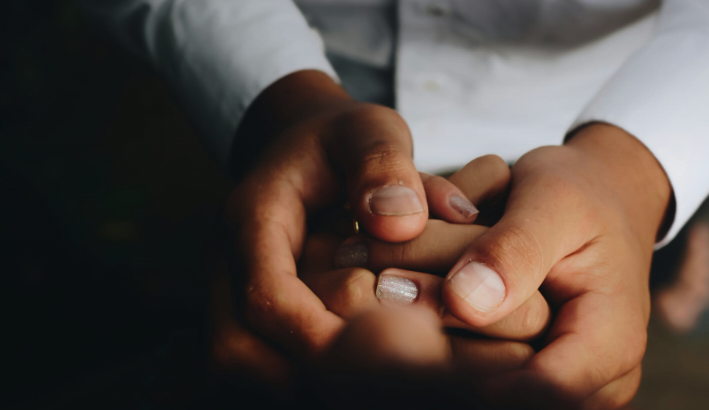
Relational safety is built through presence, not performance.
We are living in a culture obsessed with fixing, solving, and advising. What if the most powerful form of care is simply being with someone?
Sometimes, the moment doesn’t call for an answer but requires nothing more than the holding of the other. I learned this lesson for myself in a way that The Skin Deep beautifully documented a few years ago. My ex-partner and I sat down a month after we decided to separate and filmed a conversation based solely on presence. We weren’t chasing answers. We had already concluded on our next steps. This was an exercise on truly seeing the other and honoring what we had together.
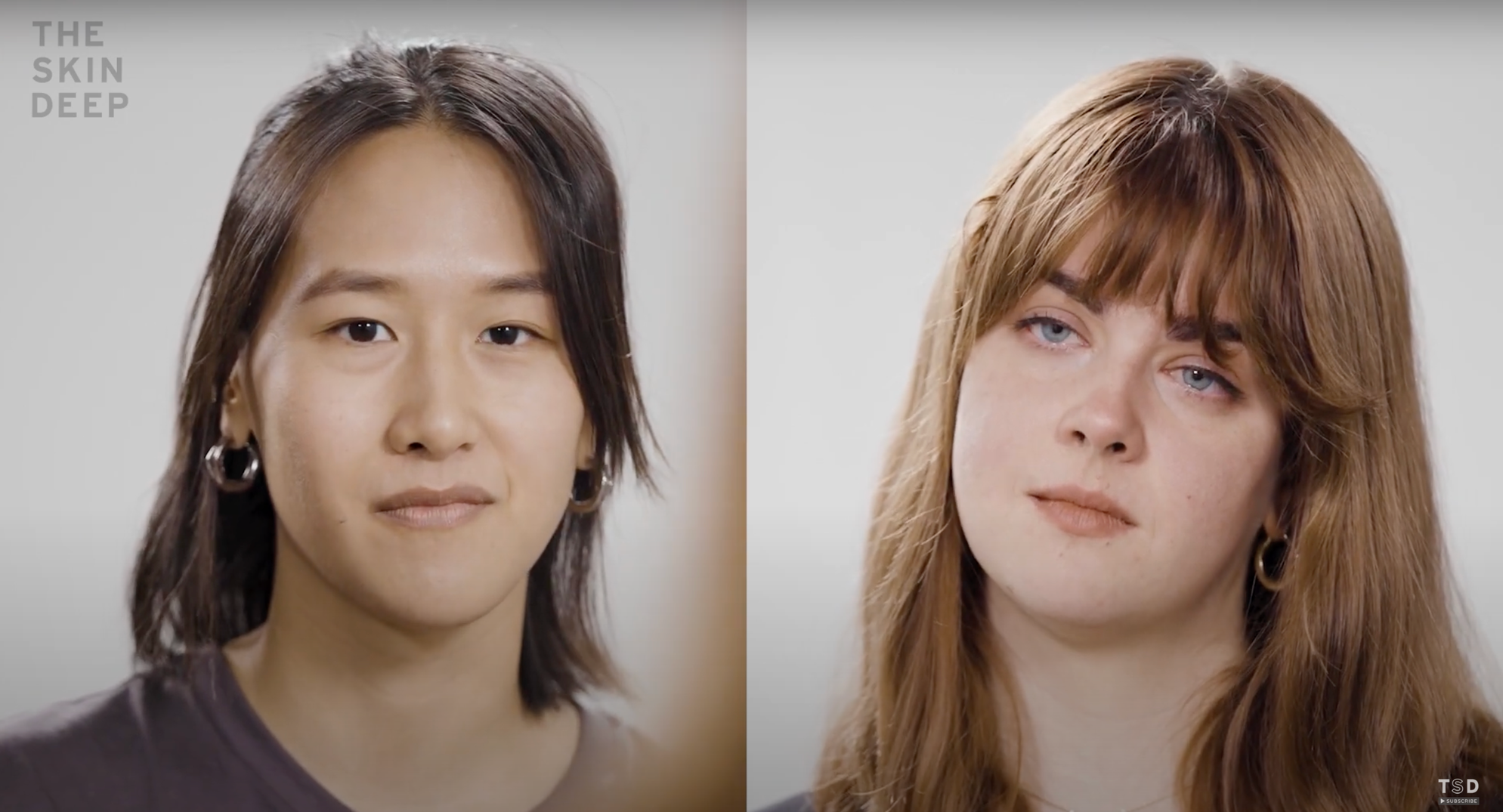
That moment stayed with me. And now, two and a half years later, as a master’s candidate at NYU studying relational psychology and philosophy, I’m beginning to understand the why behind it.
At the heart of this understanding is a framework that guides much of my research: the ethics of care.
To accompany another person, not to diagnose or direct them, but to witness their experience with steadiness and openness, requires a different kind of relational ethic. It demands not expertise, but presence. And in many ways, it’s harder than it sounds.
Care ethics, a philosophical tradition developed by thinkers like Carol Gilligan and Nel Noddings, offers a framework for understanding this. It challenges the dominant moral theories that prize autonomy and abstract justice, instead centering our interdependence and the responsibilities that arise within relationship. To care well, according to this tradition, is to respond to another’s needs with attentiveness, emotional availability, and contextual sensitivity. It is not about neutrality. It’s about engagement.
This kind of care is not transactional. It’s not a rehearsed performance of empathy or a script of supportive phrases. It’s a way of being that prioritizes attunement over agenda.
In psychology, this is echoed by attachment theory, which shows how relational safety is created through consistent, responsive presence. People feel most secure not when they’re given answers, but when they sense that another nervous system is attuned to theirs. In simpler terms, it means knowing that someone can stay with them emotionally, without flinching, judging, or retreating. In these moments, something deep in the psyche softens, defenses drop, and trust grows.
Stephen Porges’ polyvagal theory goes further, suggesting that we are biologically wired to detect safety through subtle cues in another’s voice, body, and facial expression. These signals tell us whether we’re safe to relax or whether we need to protect ourselves.
Care, then, is not just a feeling. It’s a physiological condition we help create in one another.
But, modern life trains us in performance. We learn to appear helpful, to say the right things, to manage discomfort with words or advice. Underneath it all is a quiet panic: we don’t know what to do with another’s pain if we can’t fix it. So we reach for tools: platitudes, strategies, step-by-step guides to comfort. Anything to avoid the messy truths that life often throws at us.
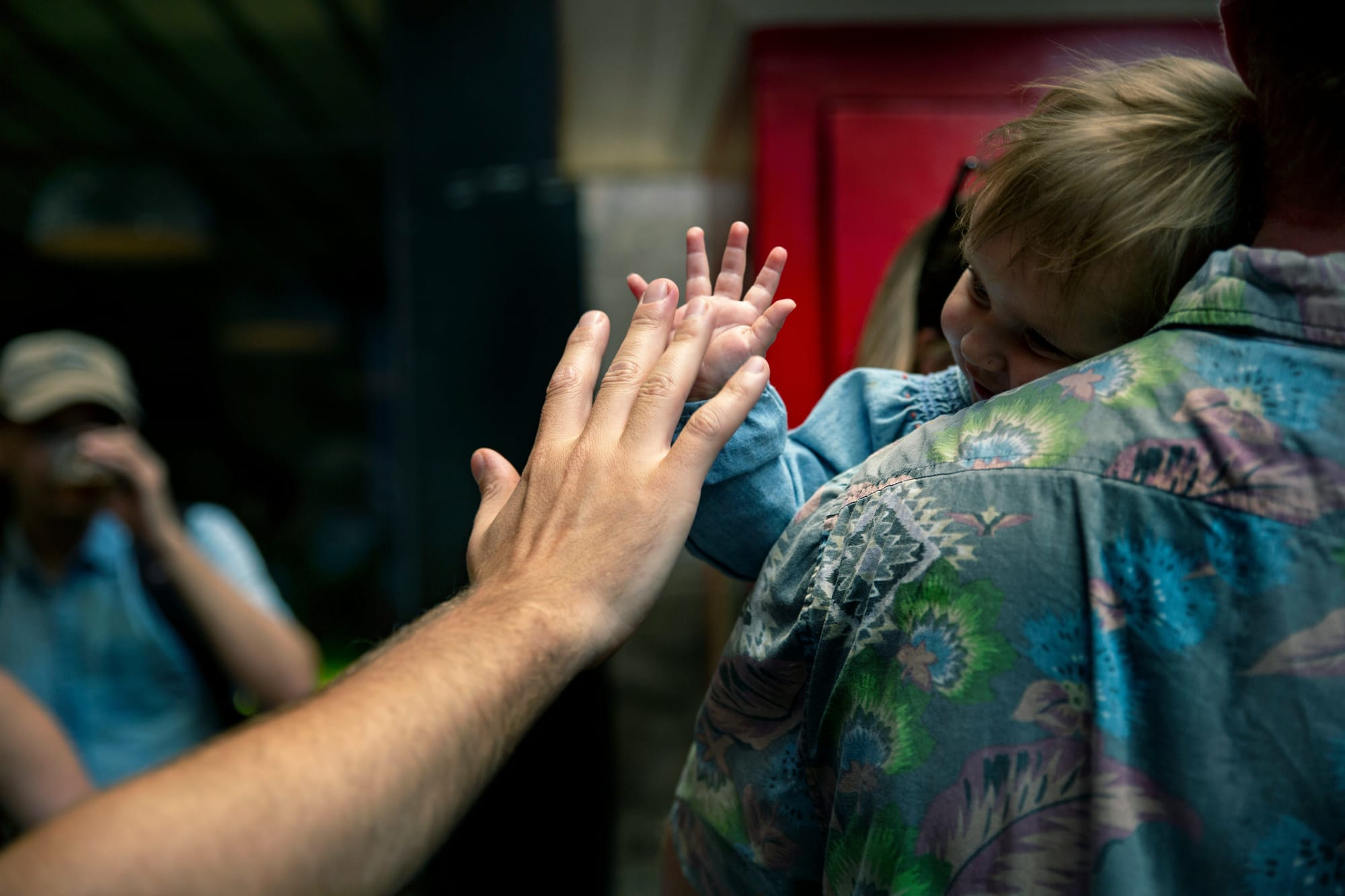
Presence doesn’t follow a script. It requires us to slow down, regulate our own responses, and listen from a place of deep humility. It’s not about doing something to the other person. It’s about being steady enough that they feel safe enough to be real.
Philosophically and psychologically, this is what care actually asks of us: not to become their solution, but to become someone they can stay in relationship with while they move through what is theirs.
This is difficult work. It demands more than a supportive tone or good intentions. It requires self-awareness, boundaries, and emotional regulation. But it also offers something rare: the conditions for real connection. When we are no longer trying to steer someone’s experience, we allow for mutual presence. We create space not just for healing, but for honesty.
And that, perhaps, is the most ethical thing we can offer: not the illusion of control, but the freedom of being met as we are.
What does it take to stay in the room? To deal with discomfort? And ultimately, to sit in the space of real connection? I’m still learning the answers to these questions with parents, current partners, and friends.
I’m nowhere near perfect. But I’m willing to show up and try.
Let’s Practice It
Want to have more conversations that center presence over performance? Explore The Skin Deep’s card decks designed to foster care, curiosity, and real connection. If you’re interested in learning more about the psychology of connection, visit aubreyaust.com and subscribe to my newsletter for more reflections on relational safety, embodiment, and the small, radical acts of being human together. You can also find me on Instagram @aubrey__aust for bite-sized research snippets and reflections on how to deepen connections with others and ourselves.


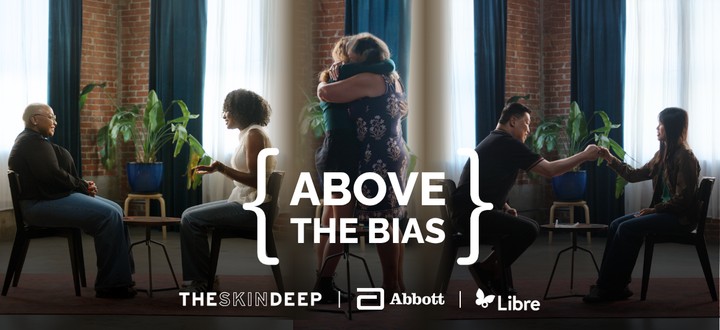

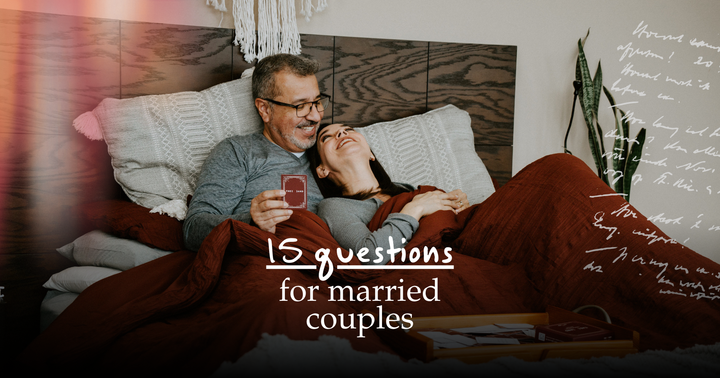
Comments ()